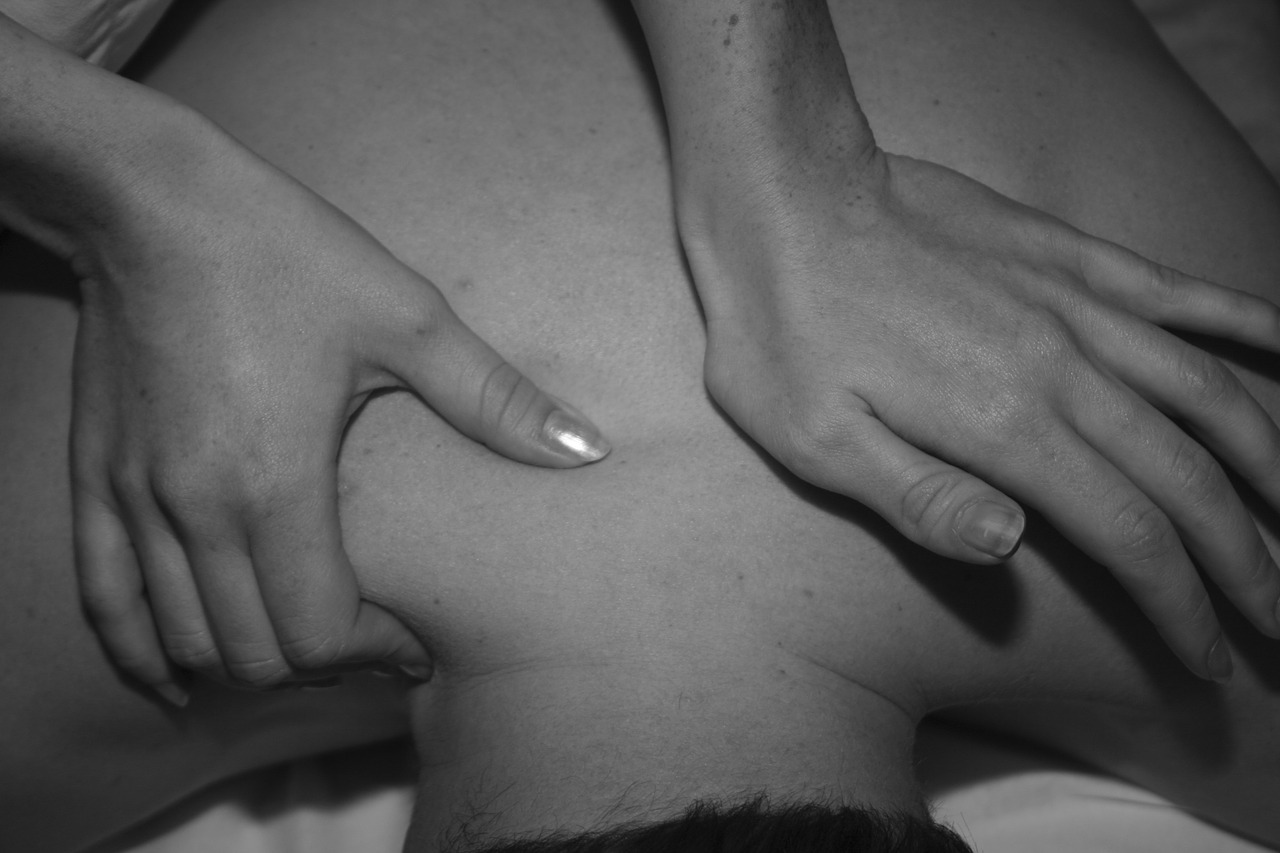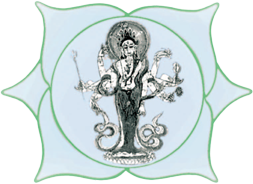Massage is defined as the rubbing and kneading of the body’s muscles and joints. Massage is most commonly used to relieve tension or pain. Most people who have experienced a massage report it has been helpful. But according to a recent National Health Interview Survey, only about 6.9 percent of Americans have ever tried massage. That means there is a whole lot of people missing the benefits massage can offer.
 A good massage brings about physiological changes in the body. Massage can induce a state of relaxation in the body where the nervous system becomes calm and relaxed. This is known as the relaxation response. The relaxation response causes the heart rate and breathing rate to decrease, blood pressure to drop, muscles to relax and the production of stress hormones like cortisol to decrease.
A good massage brings about physiological changes in the body. Massage can induce a state of relaxation in the body where the nervous system becomes calm and relaxed. This is known as the relaxation response. The relaxation response causes the heart rate and breathing rate to decrease, blood pressure to drop, muscles to relax and the production of stress hormones like cortisol to decrease.
The relaxation response can also increase the hormone levels of serotonin, which is known as the happy hormone. This response can decrease the physical effects of stress, while also reducing the risks associated with high levels of stress like anxiety, insomnia, fatigue, sexual dysfunction, hypertension and digestive disorders.
Another important component of massage is the mechanical response. The mechanical response during a massage is the physical effects that occur in the body when pressure is applied to the soft tissues. There are two major physical effects of a massage: increased blood and lymph circulation and relaxation and normalization of soft tissues like muscles, tendons and ligaments. The relaxation and normalization component releases nerves and deeper connective tissues, which can decrease pain and muscle spasms. Improved blood and lymph circulation is known to enhance the delivery of both oxygen and nutrients to the tissues, which allows for overall healing.
There are many types of massages, here are a few common ones.
Shiatsu massage applies varying, rhythmic pressure, using the fingers on parts of the body commonly known as pressure points. This type of massage can be very good for those who need help with chronic conditions like fatigue, insomnia, arthritis and fibromyalgia.
Next is deep tissue massage, this form of massage therapy focuses on aligning the deeper layers of the muscles and connective tissues. Deep tissue is particularly beneficial for chronic aches and pains in the joints.
The is most well-known and widely used form of massage, Swedish massage, focuses on relaxing superficial muscles and increasing blood circulation. This type of massage is good for those suffering from afflictions like peripheral neuropathy and is the safest form of massage for women who are pregnant.
Lastly, there is trigger point massage. Trigger points are tight areas within muscles that cause pain that can radiate to other areas of the body. Trigger point massage focuses specifically on these tight areas to alleviate pain.
Regardless of the type of massage, there is no doubt it can be beneficial for everybody.
